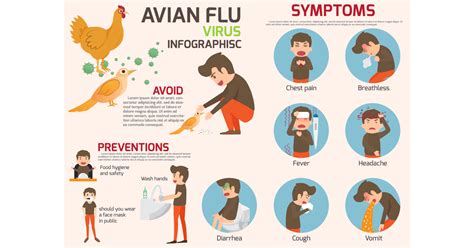A chilly wind swept through the picturesque streets of Durango, a quaint town nestled in the western state of Mexico. Among the colorful houses and bustling marketplaces, a shadow loomed over the community as health officials confirmed the country’s first-ever human case of bird flu.
In a somber announcement on Friday, authorities revealed that a 3-year-old girl had fallen victim to Type A H5N1 influenza. The news sent shockwaves across the nation, raising concerns about the spread of this avian virus among both animals and humans.
The incident mirrored a similar trend in the United States, where cases of bird flu had been steadily rising over the past year. According to reports from the World Health Organization, 70 cases had been recorded in America during that period. However, experts cautioned that these figures might be underestimated, hinting at a potentially larger outbreak looming on the horizon.
As dusk settled over Durango, whispers filled the air about how such a young child had succumbed to this deadly virus. The girl was fighting for her life in a hospital located in Torreon, a neighboring state situated in Coahuila. Medical staff worked tirelessly to stabilize her condition, administering crucial anti-flu medications in hopes of combating the relentless disease.
“It’s heartbreaking to see someone so young battling such a formidable foe,” remarked Dr. Rodriguez, one of the leading physicians overseeing the girl’s treatment. “We are doing everything we can to ensure her recovery and prevent further spread within our community.”
The origins of how this innocent child contracted bird flu remained shrouded in mystery. Investigators combed through every lead with precision and determination, focusing on potential sources near her residence. Speculations arose about possible interactions with wild birds or contaminated environments triggering this unfortunate turn of events.
Amidst growing concerns among residents, authorities reassured them that the overall risk posed by bird flu remained relatively low for now. Vigilant monitoring and swift action were key strategies employed to contain any potential outbreaks and safeguard public health within Mexico.
Expert Insights:
Dr. Sofia Ramirez – Infectious Disease Specialist
“Cases like these underscore the importance of constant surveillance and rapid response mechanisms when dealing with infectious diseases like bird flu,” noted Dr. Ramirez. “While it is alarming to see such incidents occur, proactive measures can help mitigate risks and protect vulnerable populations.”
The story of Mexico’s first human case of bird flu served as a poignant reminder of how swiftly nature could disrupt our daily lives with unforeseen challenges. It urged communities worldwide to unite in vigilance against emerging threats and prioritize health safety above all else.
As night fell over Durango once more, prayers were whispered for the little girl fighting for her life—a symbol of resilience amidst adversity and hope for brighter days ahead in Mexico’s battle against bird flu.









Leave feedback about this